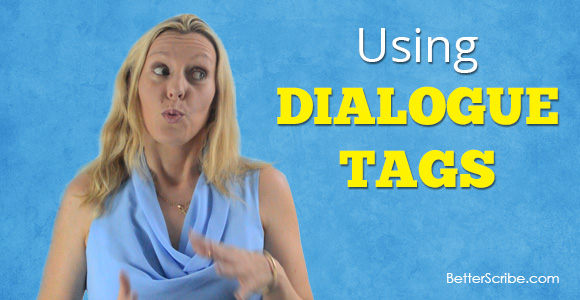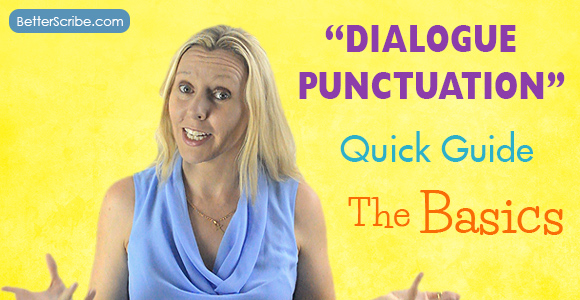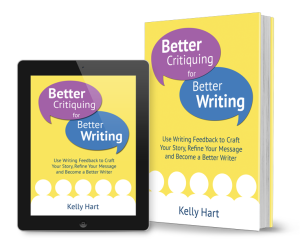
Dialogue tags tell the reader which character is speaking and when. Without dialogue tags it can become a game of ‘who’s speaking’. It’s a very common writing device used in most books.
So what exactly is a dialogue tag?
This is the attribution found after the dialogue in the example below. I have put the dialogue tag in bold and italics for you.
‘It’s cold in here,’ Holly said.
Sometimes I see fiction manuscripts where it’s obvious that the author is trying too hard to impress their reader. Every dialogue tag is dramatic and varied. For manuscripts like these it isn’t a stretch to see words like exclaimed, screamed, laughed, giggled, sighed, announced, plus many more all on the same page.
Can you imagine reading all of these on one page?
It’s exhausting, for the author and for the reader.
In fact, this is one of my pet hates as an editor and proofreader.
The reason this can be a problem is it makes your reader think more about the dialogue tags than the actual dialogue of the story. Once the writing becomes noticeable the reader is tossed out of the fictional world back into reality. If this happens the reader usually decides to stop reading.
Not good!
To stop this from occurring your dialogue tags need to be almost invisible and you can do this by using dialogue tags that your reader will skim over.
The two most common dialogue tags are said and asked, and because these two are so common your reader won’t even blink when they are used throughout your manuscript.
Sometimes you can get away with the more dramatic tags such as shouted, whispered and murmured, but these have to be used wisely and sparingly.
Does it feel more natural without tags?
Another thing to consider is whether or not you need a dialogue tag.
For example:
‘I can’t believe you ate all the pizza!’ Lisa said.
‘I did not!’ Tom said.
‘Did too, you liar,’ Lisa said.
‘I only had one slice,’ Tom said.
This section of dialogue feels unnatural and forced because of the continued use of the tags even when it is obvious which character is speaking.
If it’s completely obvious which character is speaking your writing might feel more natural without a tag.
For example:
‘I can’t believe you ate all the pizza!’ Lisa said.
‘I did not!’ Tom said.
‘Did too, you liar.’
‘I only had one slice.’
We still know who is speaking, but it’s much easier to read and feels natural, while the same exact scene that has all the dialogue tags feels forced.
Action tags
If you need a tag to distinguish characters but want more variation, you might consider using an action tag.
For example:
‘Don’t touch that.’ Tom grabbed his son’s hand before it landed on the hot stove.
Action tags are fantastic because they show who is talking. This helps you show characterisation but they also need to be used in moderation because they eat into the white space on your page and slow the dialogue pace down.
How many of the more dramatic tags have you used on the one page? Does some of the dialogue make these tags too obvious?
Example:
‘How dare you!’ Emma exclaimed.
The reader knows Emma exclaimed this because we have an exclamation mark. Instead it could be written as:
‘How dare you!’ Emma said.
This makes the dialogue tag less visible to the reader.
Remember when using dialogue tags that moderation is the key. Change things up by switching occasionally between dialogue tags, action tags, and not using a tag at all (if it is obvious which character is speaking).
You may also like to check out the blog on Show, don’t tell.






Connect With Kelly